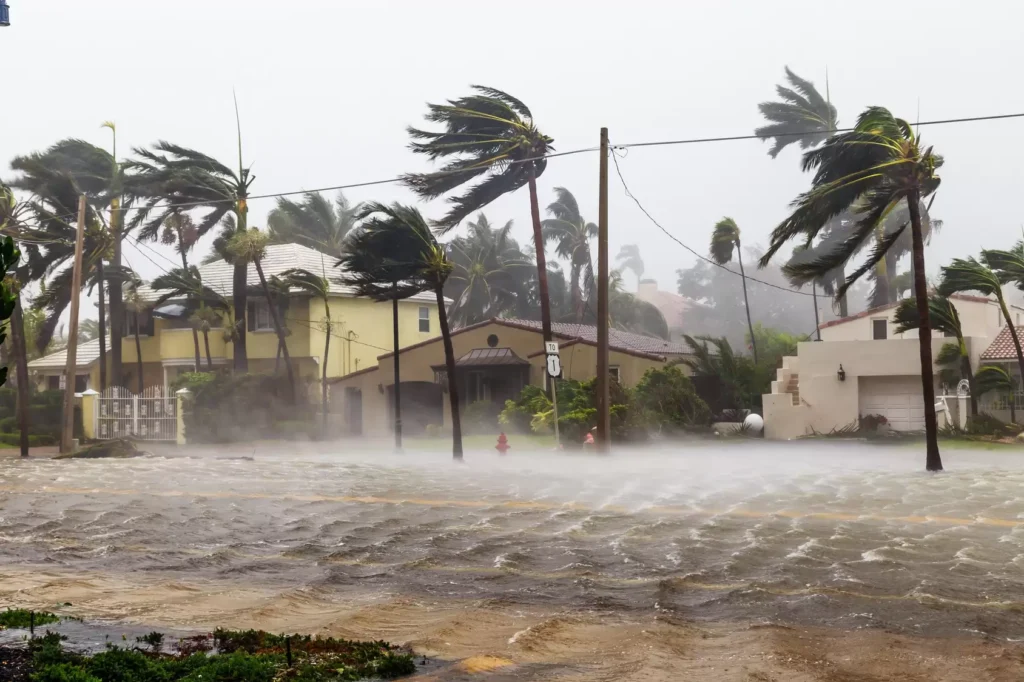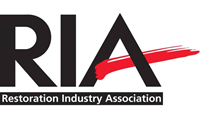
New Jersey Water Damage and Flooding Statistics
New Jersey is a coastal state that is prone to flooding due to its proximity to the coast and the occurrence of tropical storms and hurricanes. Flooding can happen any time of the year and the areas near the coast are the most vulnerable. Unfortunately, the risk of flooding in coastal regions is expected to get worse as climate change has caused the number of properties at risk during the highest annual tide to more than double since 1980.
Water Damage and Flooding in New Jersey
More than 20,000 homes and businesses are located in floodplains in New Jersey, but property anywhere in the state can experience flooding and major damage. The effects of climate change have resulted in the flooding of 27,000 more properties annually since the 1980s. Residents of New Jersey are urged to purchase flood insurance and be prepared for the possibility of flooding to help reduce the damage it causes.

Coastal Flooding: A Growing Problem
The risk of coastal flooding in New Jersey has been growing steadily since the 1980s due to climate change that has resulted in rising sea levels and changes in hurricane activity. New Jersey has a coastline that runs for 1,792 miles and 17 of the 21 counties in the state touch part of the coastline. Around 80 percent of New Jersey’s residents live in these areas, which means that there are many communities that are vulnerable to coastal flooding. Devastating flooding in these areas can not only cause large property losses for residents, but also heavily impact New Jersey’s economy.
The following are the main effects of the rising sea levels and changing hurricane activity that have occurred over the last 40 years:
- The number of homes in New Jersey at risk of frequent coastal flooding has increased 100% since 1980. This increase covers 27,000 additional buildings worth about $15 billion combined.
- Storm surges from storms like hurricanes have increased significantly in frequency and extent, which puts more homes and buildings at risk of flooding at least once in a 30-year period. An estimated 62,000 to 86,000 more homes and buildings worth more than $60 billion are in areas with this risk of flooding compared to the 1980s.
- The effects of a hurricane are extending beyond coastal regions as inland New Jersey homes are more likely to experience hurricane force winds when a storm occurs.
- The annual losses caused by hurricane related flooding and wind damage is estimated to be between $167 million and $1.3 billion more than if sea levels and hurricane activity hadn’t changed since the 1980s.
Important New Jersey Flooding Statistics
The following statistics show how much of an impact flooding has had on New Jersey, especially in the last few decades:
- Hurricane related flooding and wind damage results in an average of $670 million in annual losses.
- Flash floods in New Jersey can have walls of water between 10 and 20 feet high, and they can form very quickly.
- Winter storms and snowmelt are also common causes of flooding in New Jersey.
- Homes in New Jersey that have experienced previous flood damage average an annual loss of $1,678 compared to $104 for homes with no previous flood damage.
- Hurricane Sandy resulted in more than $18 billion in property losses, including $6.3 billion in private insurance losses.
With the high risk of flooding throughout the state of New Jersey, residents and business owners should do what they can to prepare their property for the possibility of flooding. Homeowners should also purchase flood insurance through the National Flood Insurance Program as homeowner’s insurance does not typically cover damage from flooding.
If your home or business is affected by flooding or water damage, you need to get in touch with a licensed water damage restoration contractor immediately.
New Jersey Fire Damage Statistics

Homes and businesses in New Jersey may become affected by fire due to residential and structural fires as well as wildfires that affect part of the state. According to NFIRS data from 2022, New Jersey had a death rate of 1.7 deaths and 10.4 injuries per 1,000 fires compared to national averages of 2.1 deaths and 6.4 injuries. For residential fires specifically, the rate was 3.1 deaths and 19.2 injuries per 1,000 fires compared to national averages of 6.1 deaths and 19.8 injuries. While there was a lower death rate than the national average for these types of fires, the injury rate was more similar to the average.
In 2022, New Jersey experienced the following percentage of deaths for each type of fire incident:
- Structure fires: 82.6% (national average: 74%)
- Residential structure fires: 73.9% (national average: 70%)
- Vehicles: 17.4% (national average: 21.6%)
- Outside: 0% (national average: 3.1%)
New Jersey experienced the following percentage of injuries for each type of fire incident:
- Structure fires: 84.1% (national average: 83.1%)
- Residential structure fires: 86.8% (national average: 74.6%)
- Vehicles: 5.8% (national average: 8.3%)
- Outside: 4.3% (national average: 5.7%)
New Jersey experienced the following percentage of firefighter injuries for each type of fire incident:
- Structure fires: 89.5% (national average: 79.2%)
- Residential structure fires: 67.1% (national average: 58.8%)
- Vehicles: 3.3% (national average: 7%)
- Outside: 5.9% (national average: 12.5%)
As of April 2024, New Jersey has experienced 21 home fire fatalities and two on-duty firefighter fatalities for 2024. Homeowners and business owners must be prepared for the possibility of a fire and take steps to help limit the damage should a fire occur.

Wildfires in New Jersey
Wildfires are a common issue in New Jersey as the state averages 1,500 wildfires and damage to 7,000 acres of forest due to those wildfires per year. So far, 2023 is the most active wildfire season for New Jersey as 18,043 acres were burned by 1,193 wildfires. As of April 2024, there have been 218 wildfires that have damaged 171 acres of land since the beginning of the year.
Most wildfires in New Jersey are caused by people, including accidents, smoking, arson, and other activities. The dryer, hotter conditions caused by climate change increase the risk of wildfires starting and spreading due to accidents and cause the season to last longer with more wildfires.
Homeowners who live near areas affected by wildfires can take the following steps to protect their property from damage:
- Use stone instead of mulch
- Remove debris and vegetation from the gutters
- Replace roof shingles that are missing or damaged
- Cover vents and windows with metal screens
- Make sure vegetation, wood piles, and leaf piles are at least 5 feet away from your home
If your home is damaged due to fire or smoke from a wildfire, make sure to call a fire damage restoration professional right away.
New Jersey Water and Fire Restoration Services and Leads

Fire and water are common causes of property damage, often resulting in severe consequences. Licensed restoration contractors in New Jersey use advanced techniques and equipment to fully restore homes and businesses affected by fire, smoke, and water damage. You can call for emergency restoration services 24 hours a day.
Call (888) 915-7197 to find a local water damage and fire damage restoration contractor in New Jersey.
Are you a disaster restoration company looking for more leads? Check out our registration page and see how you can join our lead generation program!



